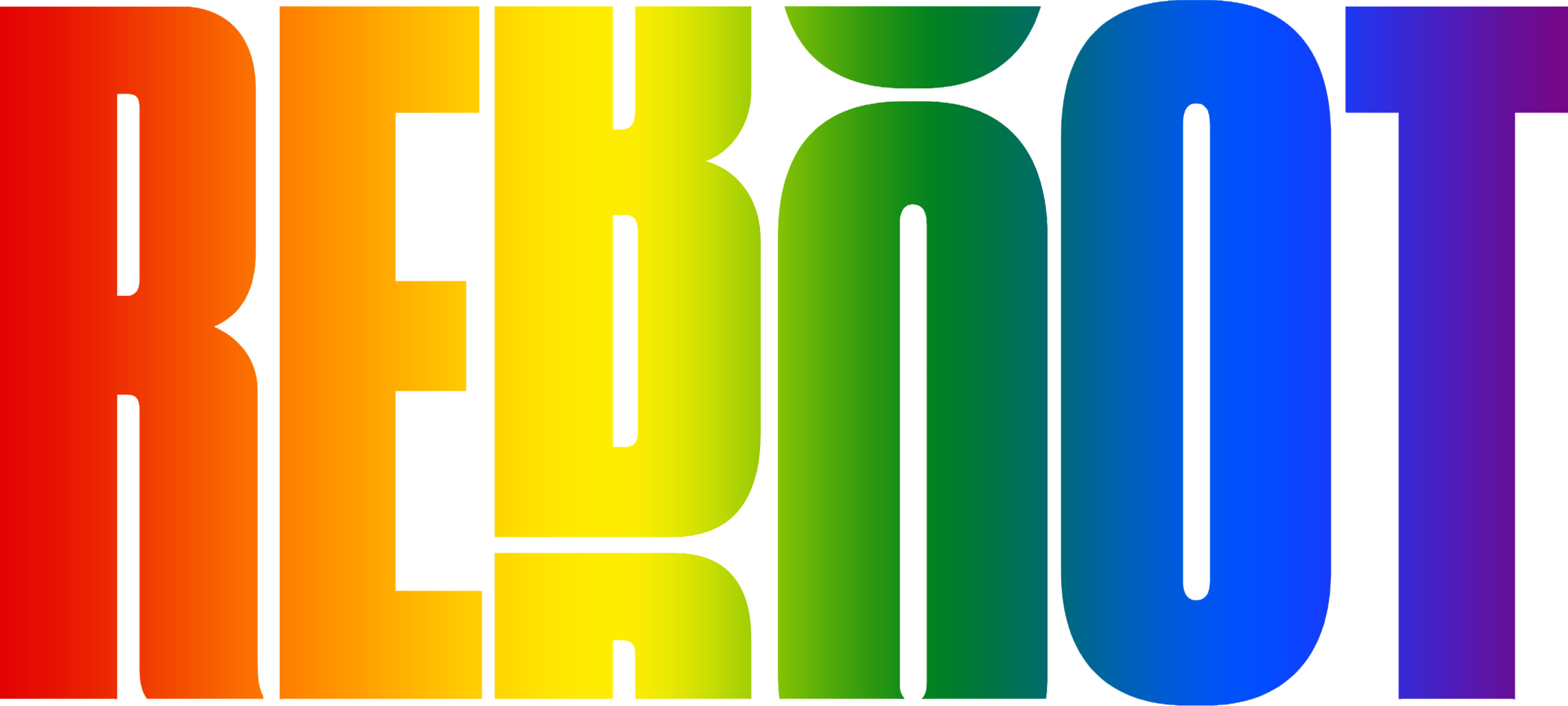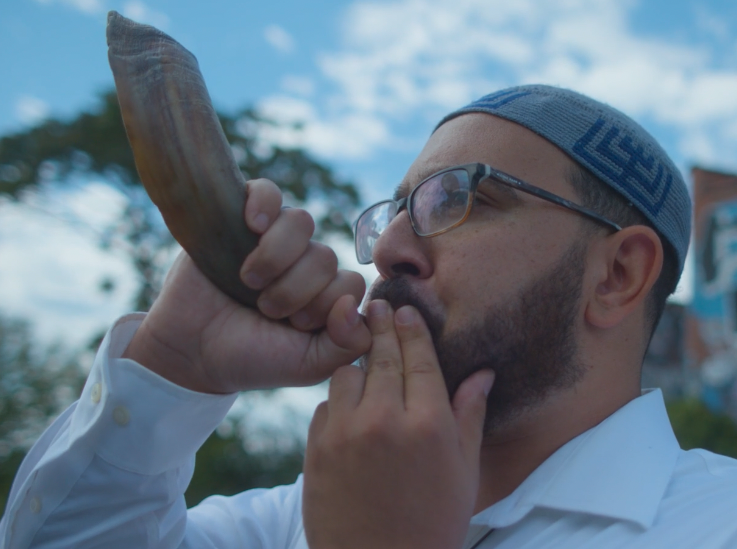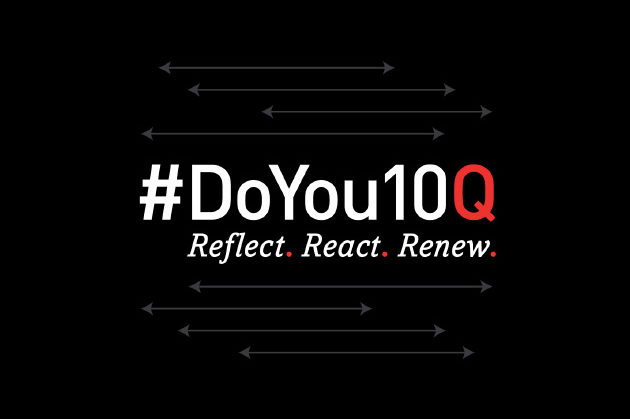Rosh Hashanah as told by an Iranian Food Justice Advocate
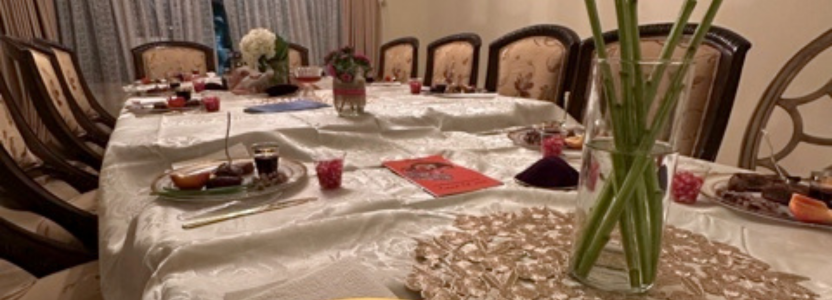
“Is this the seder with all the stories or the cow tongue one?” My younger brother asks me as we gather for Rosh Hashanah.
I say, “The cow tongue one,” and he cheerfully turns around, giving my cousin a high five.
Many Mizrahi and Sephardi Jewish families mark the Jewish New Year with a seder, literally meaning order. If for some reason you thought there were only two categories of Jews – Ashkenazi and Sephardi, surprise – Mizrahi Jews (and plenty of other groups!) are here! Mizrahi Jews are from the Middle East and North Africa (in comparison, Sephardi Jews are often from regions like Spain and Tunisia).
The tradition of a Rosh Hashanah seder dates back to Talmudic times. Unlike its lengthy Passover counterpart, it involves much less reading and features nine symbolic foods with one simple line of prayer accompanying each. And the cow tongue is the Persian interpretation of a Sephardic family tradition of placing a cooked fish head on their seder.
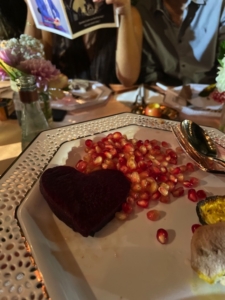
One of my favorite items is the persian leek. We hold it lengthwise, bite down the middle, and dramatically toss the two sides onto the floor behind us and say we hope “that our enemies, haters, and those who wish evil upon us shall be cut down.” The prayers for the other eight foods also curse our enemies. I’d like to think we’re all a bit smarter now about how to make peace with those we don’t agree with…
The seder is beautiful. Every year, my mom hosts upwards of 36 people, sometimes two nights back to back. Set up as bento-like plates, the nine traditional foods are served basically as an appetizer on a seder plate:
The Seder Plate
- Dates
- Pomegranate
- Black-eyed peas
- Apples and honey
- Beef tongue
- Leeks
- Beets
- Cow lung / popcorn
- Fried squash
As the founder of Swipe Out Hunger, I worked for more than a decade to increase access to good food on campus for low income college students. Initially, we set up a system for students to donate their unused meal swipes to their peers and we have now also grown into a network of more than 650 food pantries on college campuses. Our seders bring heightened attention and ceremony to something many so easily take for granted, including Jews who for whom holiday food costs leave tight budgets even tighter. These rituals also slow us down and restore our connection to just how much it takes to produce these bounties.
When it comes to the story of delicious food, few are better to learn from on this than fellow Reboot Network member Tannaz Sassooni. Check out her essay on the Persian Rosh Hashanah seder with her recipe for a special Persian upside-down date cake. !
This year, the first full day of Rosh Hashanah, September 16, happens to coincide with the start of the human rights uprising in Iran. As background, 44 years ago a theocratic Islamic regime took over Iran, decimating the country’s progress and driving out hundreds of thousands of Jews, including my parents and hundreds of my family members, from our ancient homeland (cc Queen Esther).
Over the past year, a fiery, seemingly unstoppable revolution, led by young women, began against the oppressive Iranian regime. In the past few months, with international attention fading, the regime has all but muzzled the protests through its cruel and vicious tactics. More than anything, they need us to be their voices. Repost, educate and shed light on the fight of the Iranian people this Rosh Hashanah.
May this new year bring more delicious Persian food, joy and liberation to us all, especially the women of Iran. As we say, Zan, Zendegi, Azadi. Women, Life, Freedom.
 Rachel Sumekh is an Iranian Jewish activist and entrepreneur. She is the founder of RNS Impact Consulting and the Founder of Swipe Out Hunger, the nations leading nonprofit in addressing college student hunger. Today, Swipe operates on 650 campuses. Rachel has been recognized by The Obama White House and the Forbes’ 30 Under 30 list. Learn more at sumekh.org
Rachel Sumekh is an Iranian Jewish activist and entrepreneur. She is the founder of RNS Impact Consulting and the Founder of Swipe Out Hunger, the nations leading nonprofit in addressing college student hunger. Today, Swipe operates on 650 campuses. Rachel has been recognized by The Obama White House and the Forbes’ 30 Under 30 list. Learn more at sumekh.org
